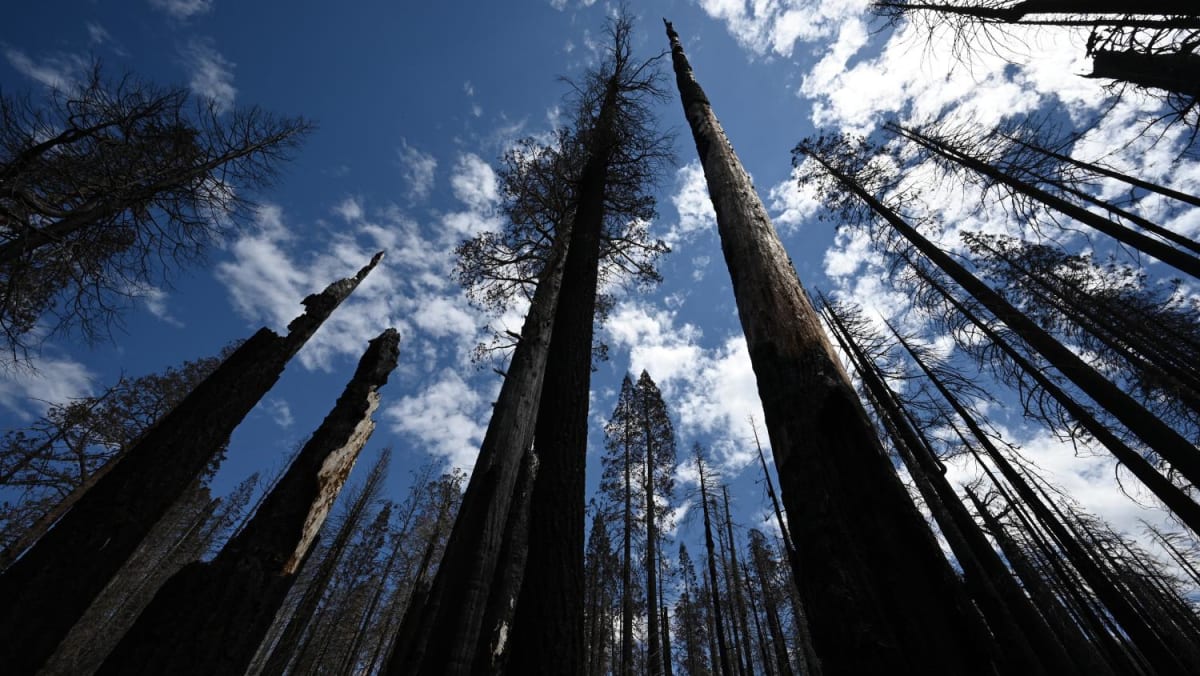
UNITED STATES — When ferocious wildfires tore through California’s prized giant sequoia forests, they killed towering trees that have lived there for thousands of years — and perhaps changed the nature of the groves forever.
Now the United States National Park Service (NPS) wants to give Mother Nature a helping hand, planting lab-grown seedlings it says will kick-start the return of these magnificent stands.
“The goal is to reestablish enough sequoias in the first few years after fire so that we have trees 60, 100, 400 years from now,” says Dr Christy Brigham, chief of resources management and science at Sequoia and Kings Canyon National Parks.
Giant sequoias are truly impressive — so disproportionately huge they look like holdouts from the age of the dinosaurs.
The biggest rise taller than 90m with trunks almost 9m in diameter; the oldest sprouted more than 3,200 years ago. Once widespread, they are now only found in a narrow range in California.
DEAD, BLACKENED SPIRES
“What we saw in those groves is that the fire just roared in there,” says Dr Brigham. “It got into the canopy of the sequoias, and torched these trees that are 200 feet (60m) tall, which we’ve never seen before.”
Instead of the thriving scenes of rebirth they had hoped for, forest managers who ventured into the groves found mostly dead, blackened spires.
“We saw very few cones and we saw almost no seedlings, which is unheard of,” says Dr Brigham.
The situation is so bad in six groves in Kings Canyon and Sequoia National Parks that there aren’t enough living trees or viable seedlings to keep the population going, the NPS says.
They fear that without help, these spaces could be taken over by shrubs and faster-growing pines and oaks.
The plan, which Dr Brigham and her colleagues hope will be given the green light in October, is to plant hundreds of cultivated seedlings per acre (hectare).
Work crews will be trekking in on mules or using helicopters to drop off supplies, in a US$4.4 million (S$5.9 million) project that envisages several years of planting and decades of monitoring.